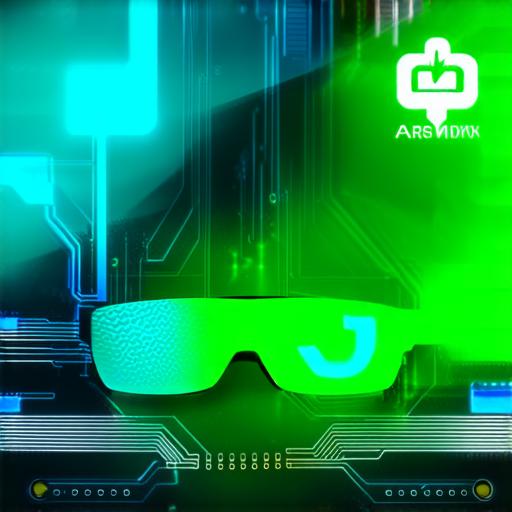
Augmented reality (AR) is a rapidly growing field that combines computer-generated graphics and real-world environments to create immersive experiences. This technology has many potential uses across various industries, such as gaming, education, and healthcare.
1. Interactive Experience
One of the main characteristics of AR is its ability to create interactive experiences. AR applications allow users to interact with virtual objects in real-time, creating a more engaging and immersive experience. For example, an AR game might allow players to shoot virtual objects in a real-world environment or a shopping app could let users try on clothes virtually before making a purchase.
This type of interaction can be especially useful in educational applications, where students can interact with virtual models of complex systems or historical artifacts to gain a better understanding of the subject matter.
2. Superimposition of Virtual Objects
AR is characterized by the superimposition of virtual objects onto the real world. This means that virtual objects are overlaid onto real-world environments, creating a seamless blend of reality and computer-generated graphics. For example, an AR app might display information about a historical landmark when the user points their phone at it, allowing them to learn more about the site without leaving the physical world.
This feature can also be used in healthcare applications to overlay medical images onto the patient’s body, allowing doctors to perform virtual surgeries or visualize complex anatomical structures.
3. Real-Time Tracking
AR applications require real-time tracking to accurately superimpose virtual objects onto the real world. This is typically achieved through the use of cameras and sensors that track the user’s position and orientation in the real world. For example, an AR game might use a camera to track the user’s hand movements to allow them to control virtual objects.
Real-time tracking can also be used in industrial applications, such as manufacturing or construction, to overlay digital information onto the physical environment, allowing workers to visualize complex designs and make more informed decisions.
4. Contextual Awareness
AR applications are often contextually aware, meaning they can adapt to the user’s surroundings and provide relevant information or experiences. This is achieved through the use of sensors and data analysis tools that can detect the user’s location, time of day, and other environmental factors. For example, an AR shopping app might display different virtual outfits based on the user’s location and time of day.
Contextual awareness can also be used in transportation applications to provide real-time information about traffic conditions or alternative routes, allowing drivers to make more informed decisions.
5. Personalization
AR applications often offer personalized experiences, allowing users to customize their interactions with virtual objects. This can be achieved through the use of user profiles or other data-driven techniques that allow the application to tailor its content to the user’s preferences. For example, an AR fitness app might allow users to create personalized workout plans based on their fitness level and goals.
Personalization can also be used in marketing applications to deliver more relevant and engaging experiences to individual customers.
6. Social Integration
AR applications often integrate social features, allowing users to share their experiences with others and collaborate on virtual projects. This can be achieved through the use of social media platforms or other online communities that are specifically designed for AR applications. For example, an AR design app might allow users to collaborate on virtual projects in real-time, sharing ideas and feedback with each other.
Social integration can also be used in educational applications to facilitate peer-to-peer learning and collaboration.
7. Safety Considerations
AR applications can pose safety risks, particularly if they are used while driving or operating heavy machinery. Developers must take these risks into account when designing their applications and provide clear warnings and instructions to users. Additionally, developers must ensure that their applications do not interfere with critical safety systems, such as air traffic control or emergency response systems.
Safety considerations can also be extended to the physical environment, where AR applications may cause trip hazards or other safety concerns if not properly designed and implemented.
In conclusion, understanding the characteristics of augmented reality is essential for AR developers looking to create engaging and effective applications. By focusing on interactive experiences, superimposition of virtual objects, real-time tracking, contextual awareness, personalization, social integration, and safety considerations, developers can create applications that enhance user experience and provide value in a variety of industries. As AR technology continues to evolve, it will be interesting to see how these characteristics are further refined and integrated into future applications.
